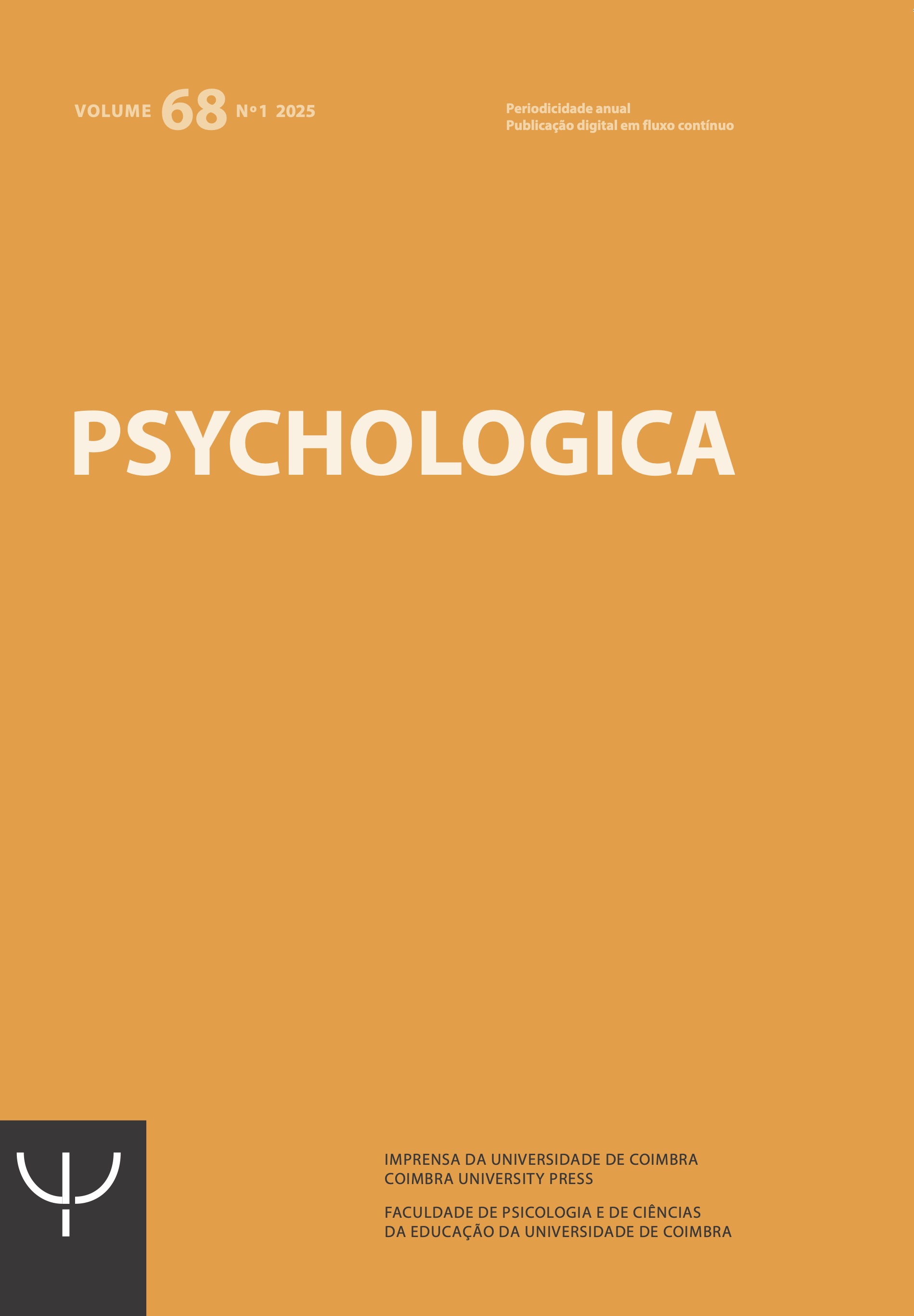Autonomic stress response in Exercise and Sport Sciences degree students in the scenarios of an Objective Structured Clinical Examination
DOI:
https://doi.org/10.14195/1647-8606_68_6Keywords:
AutoAutonomic stress response, heart rate variability, objective structured clinical evaluation, university studies, Exercise and Sport SciencesAbstract
The present study aimed to assess the autonomic stress response of Exercise and Sport Science degree students during their 12-scenario Objective Structured Clinical Evaluation (OSCE). Eighty-eight students, randomly assigned to an initial OSCE scenario, had their heart rate variability (HRV) monitored during the 12 OSCE scenarios. HRV in its temporal, frequency, and non‑linear domains was analysed. Results showed a significant autonomic stress response that persisted throughout the entire evaluation without notable changes between scenarios. The heart rate response significantly differed in two scenarios compared to a break station and a written scenario (p < .05). However, the sympathetic and parasympathetic modulation remained stable across all scenarios. The OSCE method proves to be a practical tool for assessing the competencies and skills of Exercise and Sport Sciences students. Additionally, HRV analysis allows teachers to evaluate students' autonomic stress responses and modify OSCE scenarios to enhance student performance.
Downloads
Downloads
Published
How to Cite
Issue
Section
License
Copyright (c) 2025 Valentín Emilio Fernández-Elías, Beatriz Martínez-Pascual, Álvaro Bustamante-Sánchez, Silvia Fernández-Martínez, Cristina González-de-Ramos, Ana Ramírez-Adrados, Vicente Javier Clemente-Suárez, Silvia Burgos-Postigo

This work is licensed under a Creative Commons Attribution 4.0 International License.
Authors retain copyright and grant the journal right of first publication with the work simultaneously licensed under a Creative Commons Attribution License that allows sharing the work with recognition of authorship and initial publication in Antropologia Portuguesa journal.







